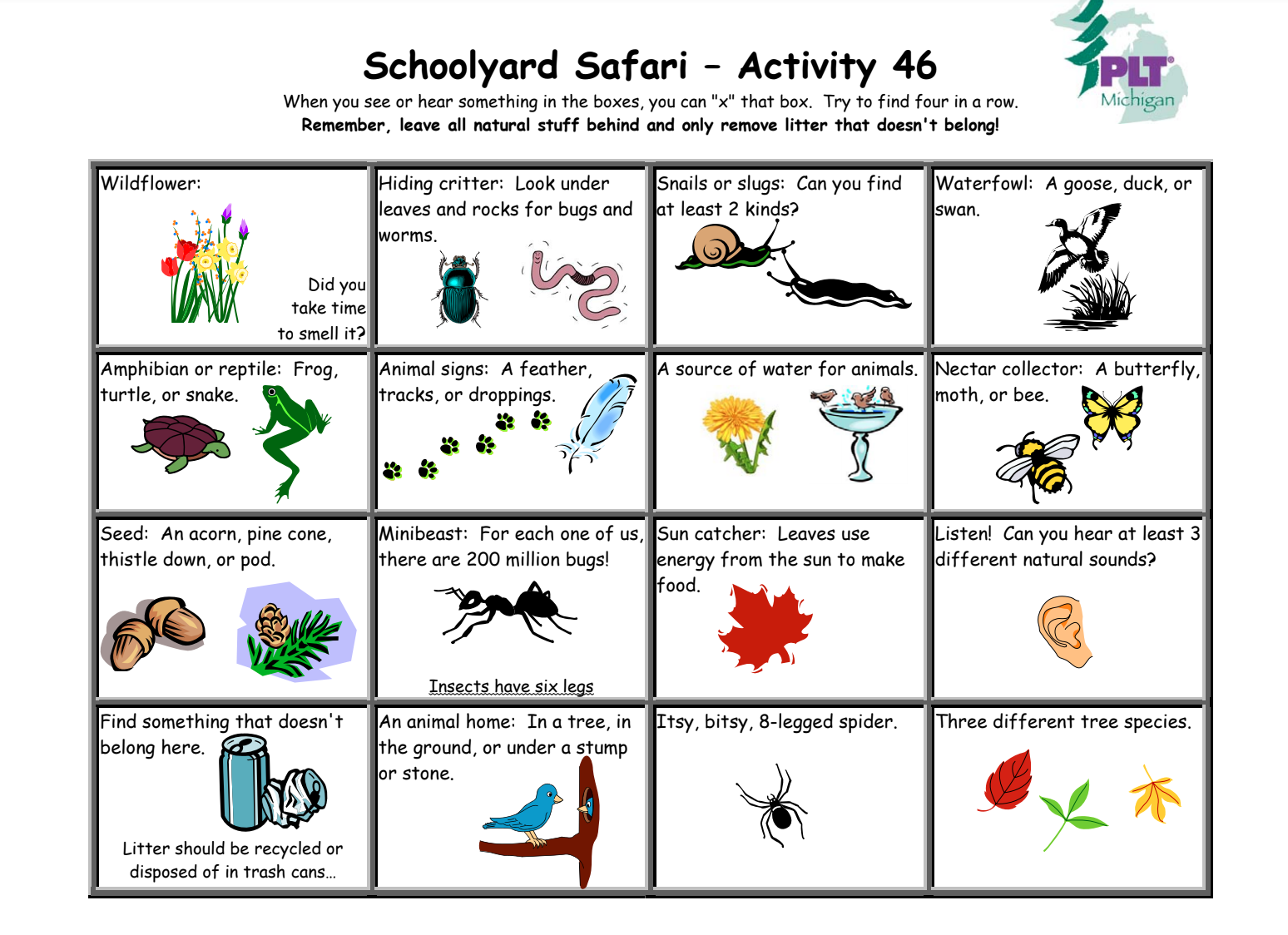Use The Screen To Get Into The Green . . . Week Four
Welcome to Week Four of “Less Screen, More Green”! This week is Earth Week, and we have two additional activities in honor of the 50th anniversary of this national day honoring nature. Both are designed to encourage reflection through writing (or drawing) and connection with the wider community.. See the full description for “Springtime Love Letters” and “Metamorphosis: A nature museum writing project” here, and we hope you are inspired to put a little something in the mail!
Here’s to another week of sheltering in place in the Southern Vermont springtime — these activities are designed to give each us something new to look for, notice, and appreciate in our explorations outside. Share with us what you see, we can’t wait to connect ! (Not on social media? Send your photos, or other work to us at info@nature-museum.org)
Vanessa Stern, Executive Director and Jay DeGregorio, Senior Educator
“Forest Karaoke: Transcribing Bird Song”
We’ve all been enthralled by the songs of birds in the springtime, but have you ever wondered how to capture their sound on paper? Find a quiet place to sit outside and close your eyes. Focus on what you hear. If it’s early morning, you are bound to hear a variety of bird songs. Start with the song that is clearest. Listen carefully.
To draw the musical rhythms and notes you hear:
Use longer lines to show longer notes, and shorter lines to show shorter notes.
Use rising and falling lines to show changes in pitch, and thicker lines to show louder sounds.
Describe the song using adjectives like “cheery”, “light”, “sad”, “buzzy”, “bouncy”, or any words that help you remember the birdsong.
If your bird lingers awhile, see if you can draw a quick sketch of it on your journal page. Can you transcribe the songs of a variety of birds? You’ll have your very own birdsong identification book!
Share your discoveries, observations, and pictures with us on our Facebook page this week. If you share on your social media pages, don’t forget to use the hashtag #TNMJournalTime . Happy journaling!
(Based on “How to Teach Nature Journaling,” by John Muir Laws and Emilie Lygren)
Which tree has bark like this? See our Facebook page on Tuesday for more photos, clues, and the answer!
Hint: This tree has leaves that shake quickly in the wind. It’s bark is often green-ish to light gray when it’s young and becomes darker and more textured at its trunk as it becomes mature.
Celebrate Earth Day by baking, and making!
Make Earth Day Cupcakes:
https://www.mrsfields.com/blogs/blog/2013/04/recipe-earth-day-cupcakes-with-cloud-frosting/
Or an Earth Day collage:
https://iheartcraftythings.com/earth-day-collage.html
Or a Recycled Materials Art Wall:
https://www.pinterest.com/pin/22447698126018374/
Share your pictures of you getting crafty with us on our Facebook page. If you share on your social media pages, don’t forget to use the hashtag #TNMGetCrafty
Backyard Safari Scavenger Hunt
Discover your backyard or nearby nature with new eyes! Print out this sheet or write down these items in your nature journal. Then, take to the outdoors and start exploring. If you are able to find all of these items, send us a picture of your completed sheet (or list) and a photo or two of your favorite scavenger hunt discoveries. You can send them to info@nature-museum.org or share with us via social media by messaging them directly or tagging us in your post/photos. Don’t forget to use the hashtag #TNMFridayFinds
Find the Love!
Look for hearts the next time you’re on an outdoor excursion. Stones, flowers, and leaves all hold potential. What else might you find in the shape of a heart in nature?
Share your photos and discoveries with us on our Facebook page! If you share on your social media pages, don’t forget to use the hashtag #TNMWeekendWonders .
“Tapestry of light”
https://northernwoodlands.org/outside_story/article/tapestry-of-light
If you’re able to do so safely, we challenge you to take a walk in the woods at night. Have you observed any shiny animal eyes at night? What do you think it’s like to have excellent night vision? Do you feel that your ears seem more useful in the dark?
“Lakes Spring Back to Life”
https://northernwoodlands.org/outside_story/article/lakes-spring-back-to-life
Have you noticed changes in a nearby pond? Have you noticed the temperature differences when going for a summer swim in a pond? What are the key seasonal changes that drive this important process?















